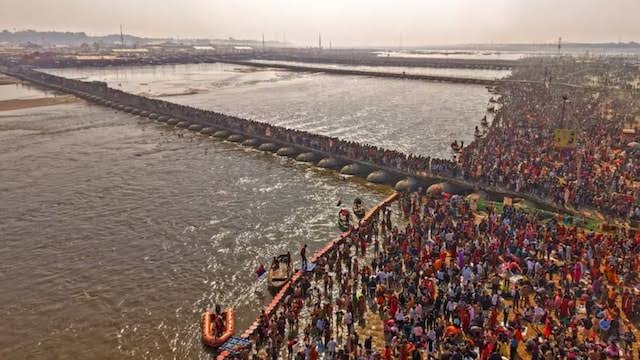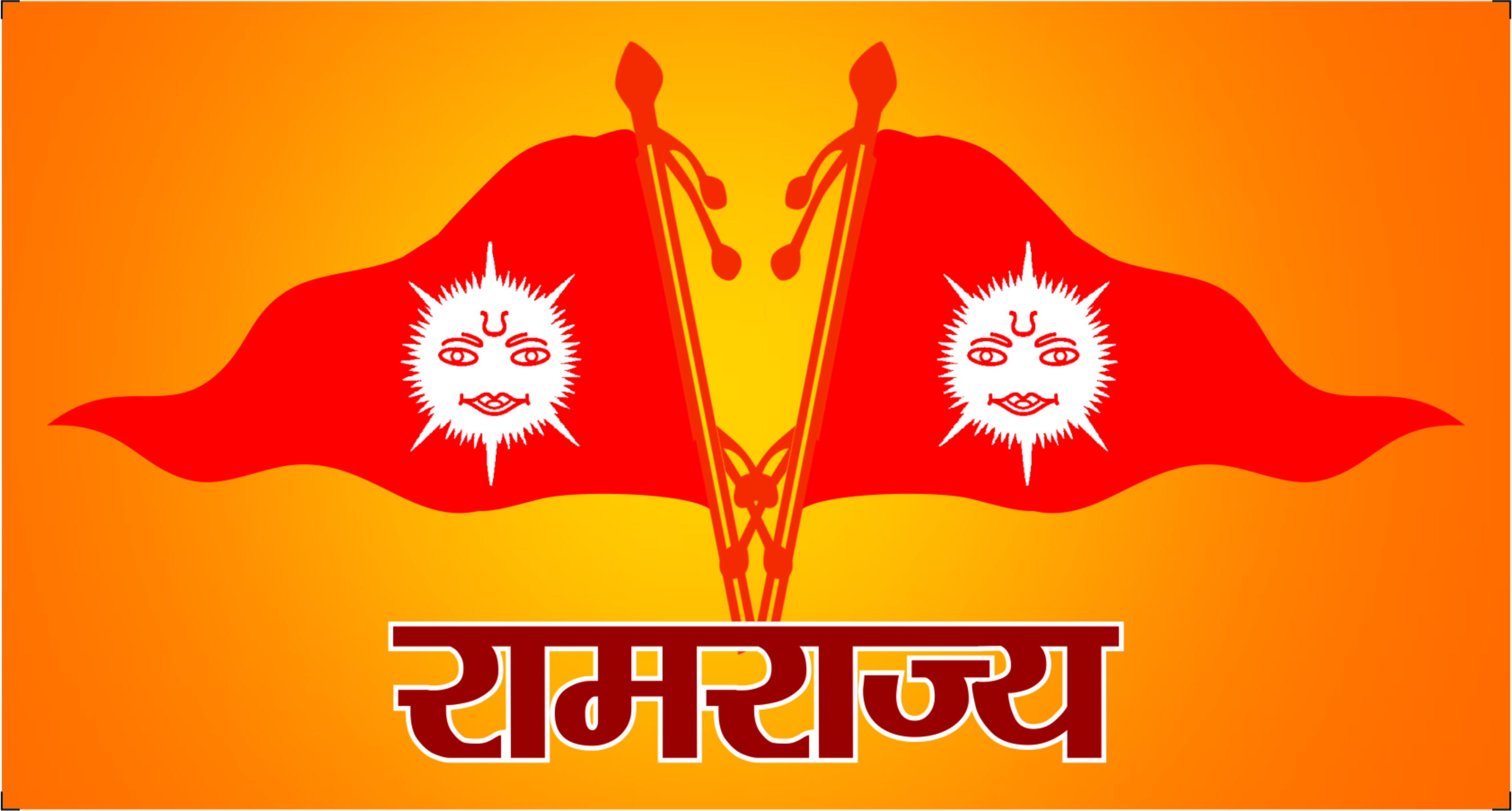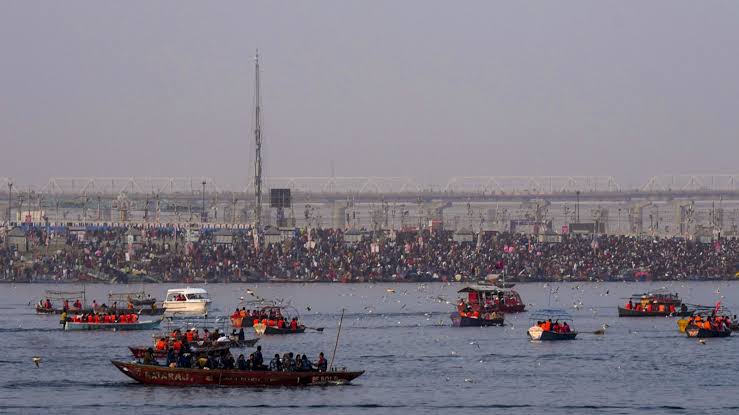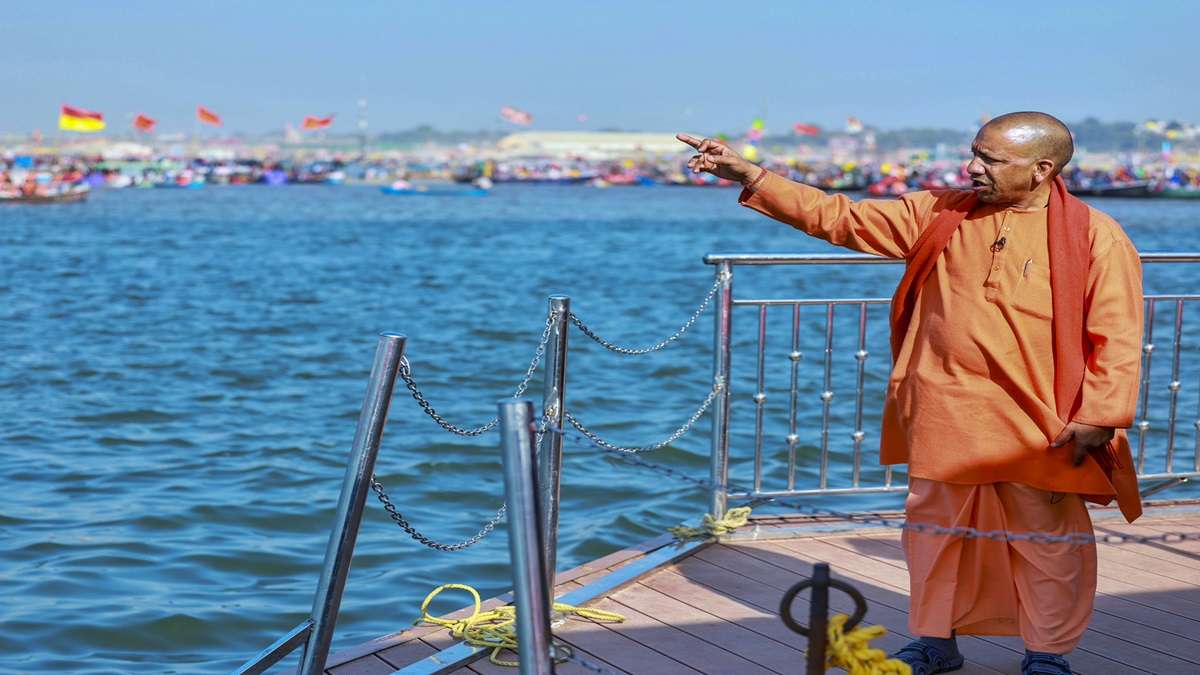As the Maha Kumbh 2025 nears its final amrit snan on Basant Panchami, the Uttar Pradesh government is leaving no stone unturned to ensure a flawless event. The preparations have taken on a heightened urgency following the tragic stampede on January 29 during the Mauni Amavasya snan, which claimed at least 30 lives and left around 60 injured. In response, Chief Minister Yogi Adityanath has directed officials to implement a “zero-error” plan for crowd management, security, and logistical arrangements at Prayagraj’s sacred Triveni Sangam.
 The gathering for the Basant Panchami snan has already reached an overwhelming scale, with nearly 90 lakh devotees having taken a dip in the holy waters by noon on Sunday. Since the commencement of the Maha Kumbh on January 13, the event has witnessed over 33.61 crore pilgrims participating in the ritual baths, reaffirming its status as one of the world’s largest spiritual congregations. With such a massive influx of devotees, ensuring safety and smooth movement remains the administration’s top priority.
The gathering for the Basant Panchami snan has already reached an overwhelming scale, with nearly 90 lakh devotees having taken a dip in the holy waters by noon on Sunday. Since the commencement of the Maha Kumbh on January 13, the event has witnessed over 33.61 crore pilgrims participating in the ritual baths, reaffirming its status as one of the world’s largest spiritual congregations. With such a massive influx of devotees, ensuring safety and smooth movement remains the administration’s top priority.
Following the January 29 tragedy at the Sangam Nose ghat, Chief Minister Yogi Adityanath personally visited Prayagraj to review the situation. Officials reported that the stampede was triggered when a surge of devotees caused a barrier to collapse, leading to a chaotic rush. In light of this, additional crowd control measures have been implemented, including enhanced monitoring, increased police deployment, and real-time surveillance from the Integrated Command and Control Centre (ICCC).
To oversee the Basant Panchami preparations, the state government has brought in two experienced IAS officers, Ashish Goyal and Bhanu Chandra Goswami, both of whom played a critical role in organizing the 2019 Ardh Kumbh. They have joined forces with Mela Adhikari Vijay Kiran Anand to coordinate security, crowd management, and inter-agency cooperation. Additionally, ADG Bhanu Bhaskar has been tasked with maintaining order within the fairgrounds.
During a recent review meeting, Yogi Adityanath instructed officials to ensure efficient crowd dispersal and minimize congestion at the ghats. In a direct message to devotees from the ICCC, ADG Bhaskar urged pilgrims to leave the bathing areas promptly after their ritual and refrain from consuming food or drinks at the ghats. Police personnel have been specifically directed to prevent overcrowding and maintain a steady flow of movement to avoid any bottlenecks.
In an appeal to devotees, Mahant Ravindra Puri, president of the All India Akhada Parishad, reminded pilgrims that the entire five-kilometer stretch of Prayagraj along the Ganga is considered part of the Sangam. He assured them that taking a dip anywhere between Phaphamau and Arail holds the same spiritual significance as bathing at the confluence, urging them to disperse across the area rather than crowding into a single location.
The amrit snan remains the most sacred and spiritually significant ritual of the Maha Kumbh, drawing millions of believers who seek purification and moksha through these celestial baths. The grand spectacle includes the ceremonial procession of saints and ascetics, particularly the Naga sadhus, who lead the way into the holy waters. These bathing dates are determined based on astrological alignments, believed to enhance the sanctity of the rivers.
This Maha Kumbh has already witnessed two amrit snan on January 14 (Makar Sankranti) and January 29 (Mauni Amavasya). The upcoming snan on February 3 (Basant Panchami) is particularly significant, marking the arrival of spring according to the Hindu calendar. Beyond this, two more major bathing days remain—February 12 (Maghi Purnima) and February 26 (Mahashivratri), which will conclude this once-in-12-years spiritual gathering.
With millions expected to participate in the upcoming snan, authorities are working tirelessly to ensure a safe and seamless experience for all. The Maha Kumbh is not just an event; it is a testament to faith, tradition, and the unwavering devotion of millions who come seeking divine blessings in the sacred waters of Prayagraj.




